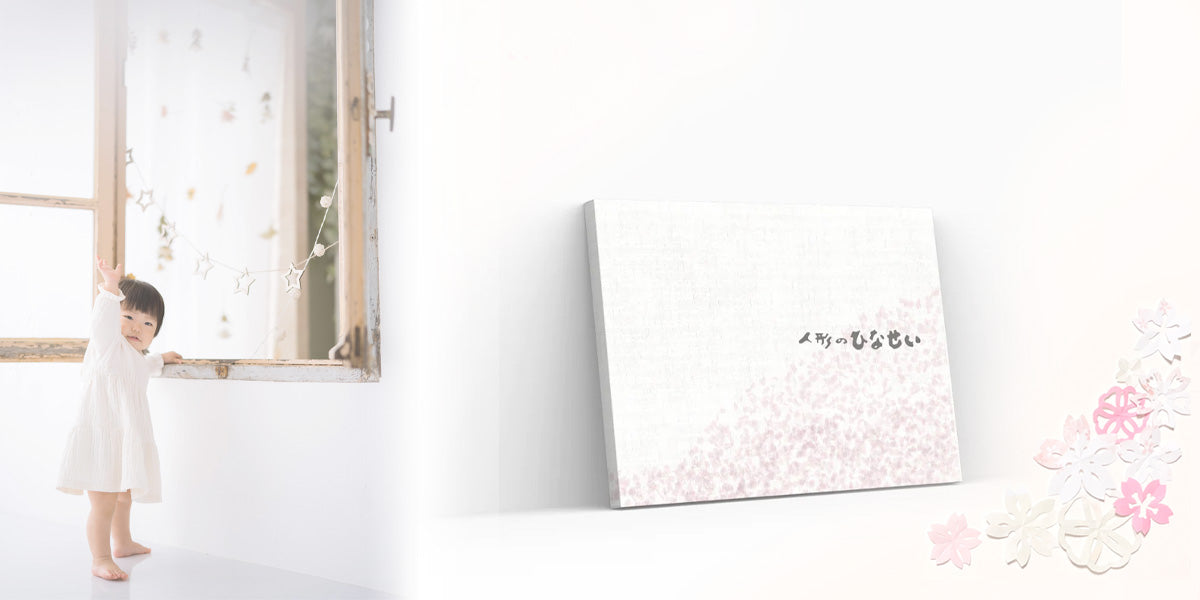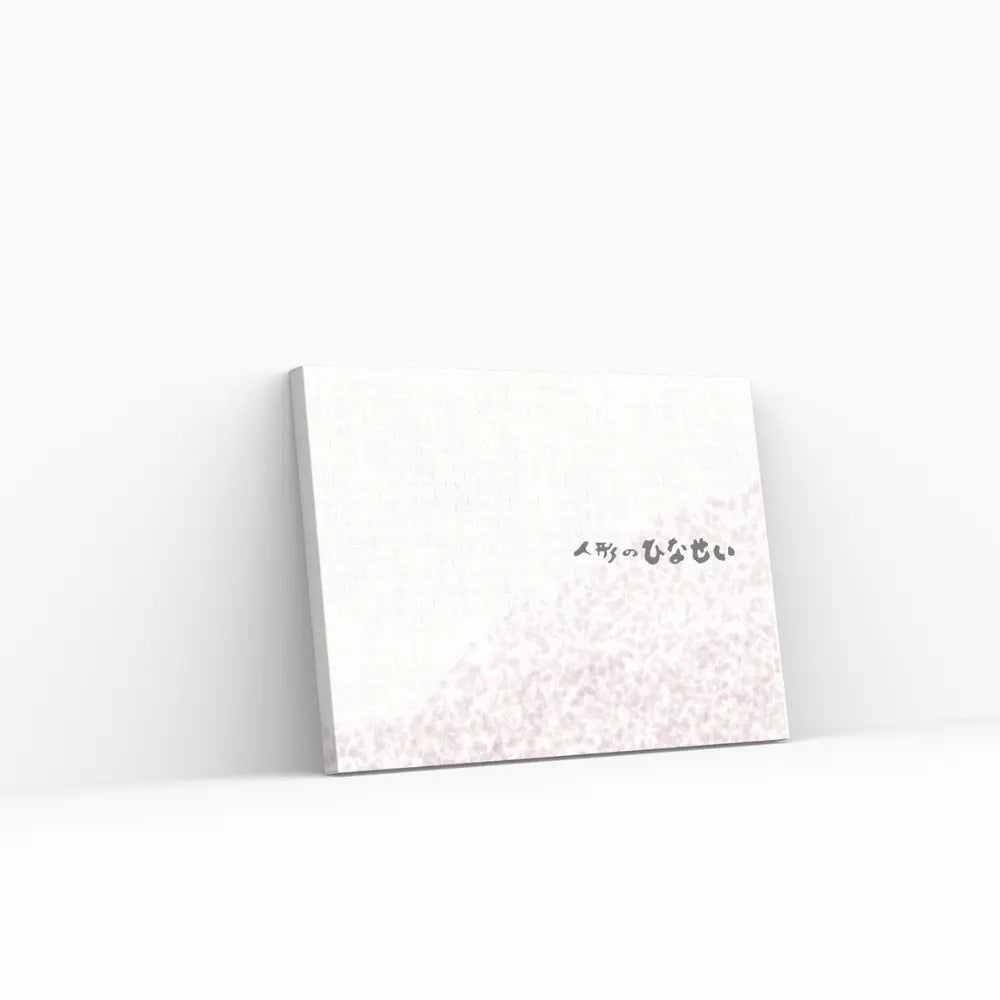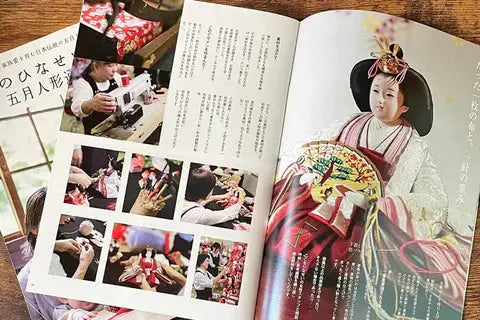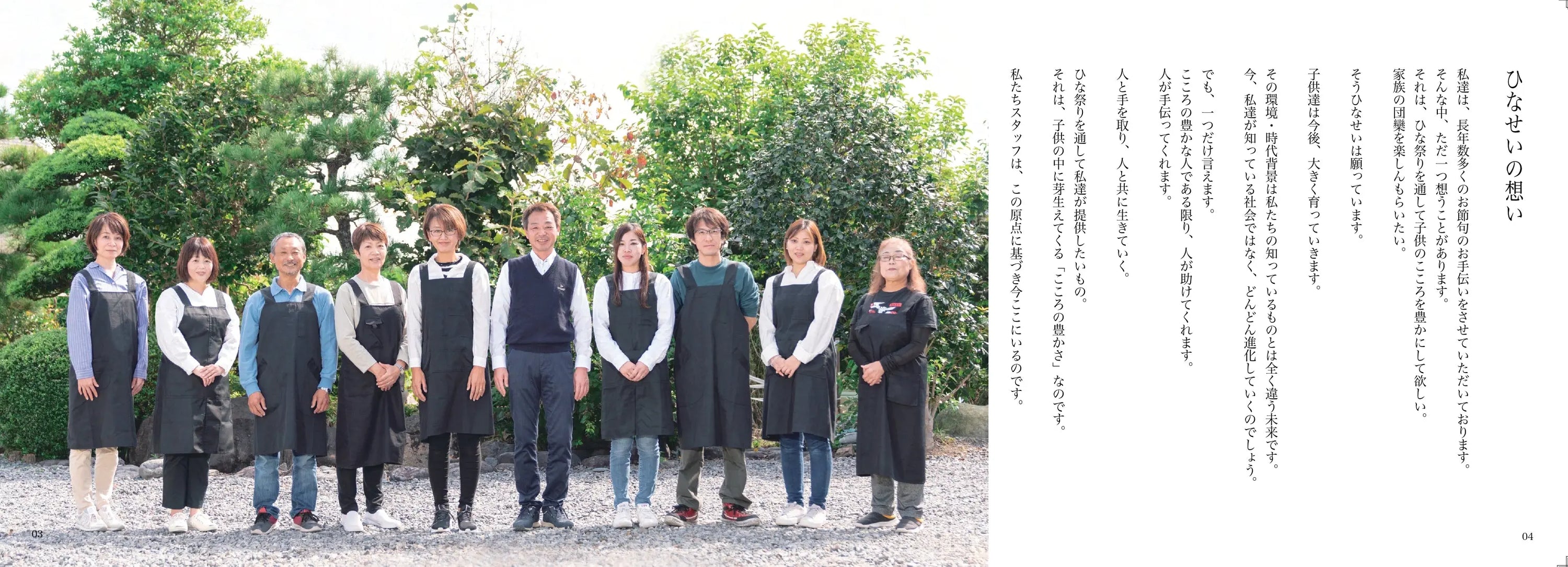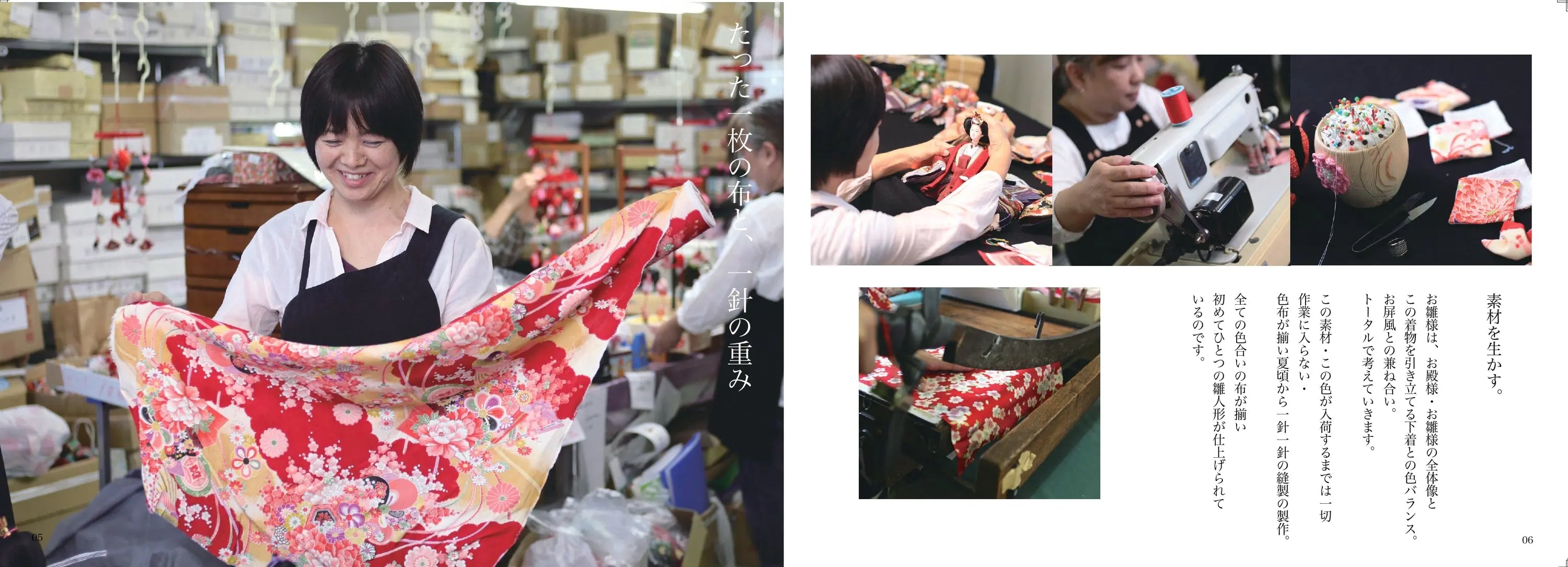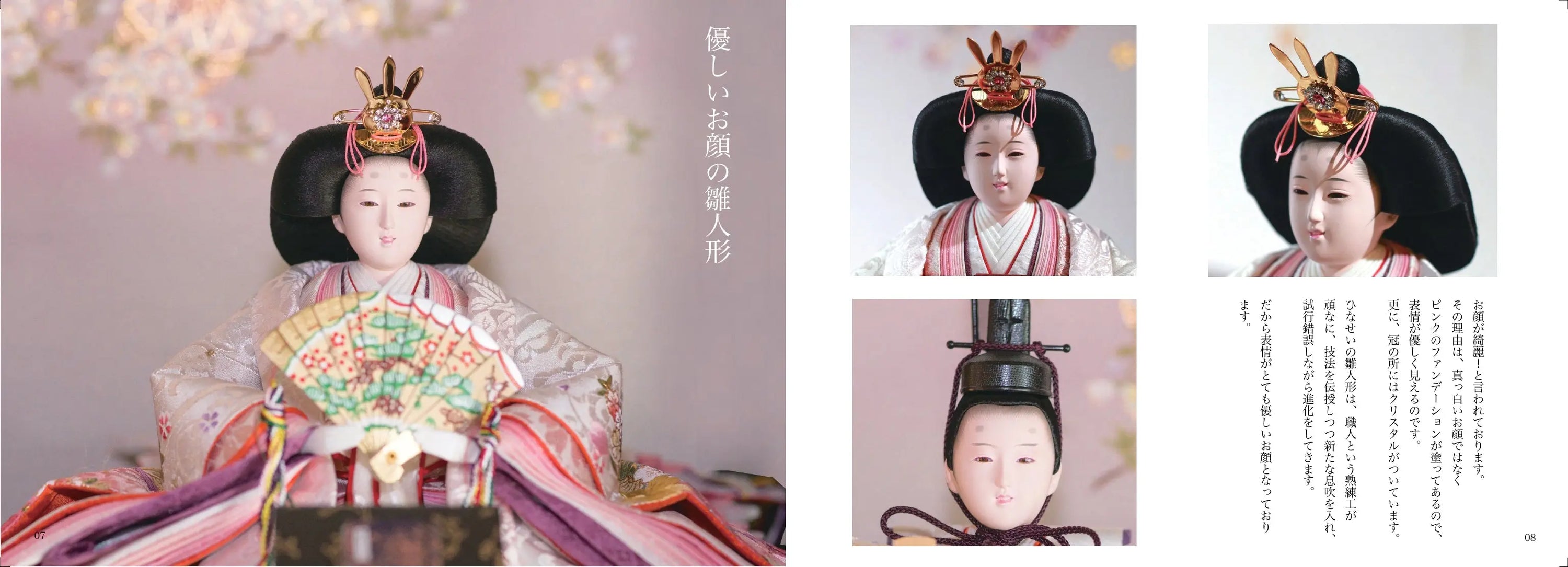Explaining the meaning and origin of Shiwasu and Omisoka! A guide to year-end events and customs
Every year when December comes around, I find myself pressed for time and feeling busy with everything I need to do.
In order to welcome the new year in a good mood, it's best to finish cleaning and preparations as early as possible.
On this page, I would like to explain about December .
If you found this helpful, I would appreciate it if you could share it.
Also, if you want to know about other annual events, customs, and festivals in Japan,
" Learn more about traditional Japanese cultural annual events "
---- table of contents ----
Click below to jump
1. The meaning and origin of Shiwasu : A thorough explanation of why we are so busy
3. December Events and New Year's Eve Preparations - Spring Cleaning and Event Information
4. New Year's Eve with the Family : How to Enjoy the Countdown Event
5. Preparation guide from December to New Year's - New Year's holiday checklist
6. New Year's Eve Events and First Shrine Visit Spots in Tokyo - Recommended Ways to Spend the Day
8. How to make New Year's Eve soba noodles ~ Introducing a popular dish ~
9. Tips for getting through the busy December period : Time-saving techniques and useful gadgets
10. Nationwide year-end events and December traditions ~Event Calendar~
11. The origin and meaning of New Year's Eve : Traditional and modern ways of spending it

The meaning and origin of Shiwasu! Japanese customs and the reason for being so busy
The meaning and origin of December
Shiwasu refers to December, and as the name suggests, it is a busy time. This is when many preparations and events take place in Japan, which is why it gets even busier .
The word "Shiwasu" ("Monk runs"), as it is written, comes from the fact that in the olden days, monks would run around busily visiting each household at the end of the year. The hectic pace of the end of the year continues to this day, with preparations for New Year's Eve, major cleaning, and preparations for the New Year all overlapping, emphasizing the busyness of Shiwasu .
As a custom, it is centered around preparations for the new year, and can be said to be a uniquely Japanese tradition .

New Year's Eve customs and meanings: Introducing the origins of Toshikoshi soba noodles and the New Year's Eve bell
New Year's Eve customs and meaning
New Year's Eve is December 31st, a special day that symbolizes the end of the year . On this day, it is customary to eat toshikoshi soba noodles, with the long, thin noodles symbolizing a wish for longevity .
Also, on the night of New Year's Eve, the bells are rung to clear away earthly desires and prepare for the new year. The bells are rung 108 times, which is said to be the number of earthly desires in humans , and by clearing away these desires, the ritual is meant to welcome the new year with a pure mind.
These customs are widely practiced as traditional end-of-year events in Japan.
December events and New Year's preparations: A comprehensive guide to spring cleaning and event information
December events and New Year's preparations
As we enter December, preparations for the New Year begin in earnest. One of the most important preparations is the big cleaning. This is a major end-of-year event held to ensure the New Year is greeted in a clean environment, and is a long-standing custom.
In addition, various events are held in each region as people prepare for New Year's Eve. For example, people participate in the ringing of bells at shrines and temples , or take part in local New Year's Eve events, making December a lively month with many events.
Preparations for New Year's Eve include preparing Kadomatsu and Shimekazari decorations, and preparing New Year's food.

New Year's Eve with the Family: Classic Events and How to Enjoy the Countdown
How to spend New Year's Eve
New Year's Eve is a special day to spend with family, and many households prepare to welcome in the New Year . Typical ways to spend the day include eating toshikoshi soba noodles and watching the Red and White Song Battle.
As the year changes, countdown events are held, and the whole family can enjoy welcoming the new year together . Many families also visit a nearby shrine for the first visit of the year, a traditional Japanese scene that values family time .
The countdown is a popular event on television and in local communities, and is a day enjoyed by people of all ages.

New Year's Holiday Preparation Guide: Essential Checklist from December to New Year's
New Year's preparations
Preparing for the New Year's holidays is an important task from December through to New Year's .
Before New Year's Eve, thorough cleaning and preparation of New Year's dishes are necessary, and these should be carried out in a planned manner.
Preparations that should be made during December include creating a schedule for thorough cleaning and preparing New Year's decorations . It is also important to arrange Kadomatsu and Shimekazari decorations and be fully prepared to welcome the New Year.
In addition, reservations and home-made preparations for osechi dishes are also concentrated around this time of year. Organizing these into one checklist will help you get through the New Year smoothly.
Tokyo's New Year's Eve Events and First Shrine Visit Spots! A Guide to Spending the Day
New Year's Eve in Tokyo
Many events are held in Tokyo on New Year's Eve , attracting both tourists and locals. The most famous events are countdown parties and fireworks displays.
Additionally, first shrine visits of the year from New Year's Eve to New Year's Day are also popular, with many visitors coming to historic shrines and temples such as Meiji Shrine and Sensoji Temple .
Many people visit these spots to pray for peace and health in the new year . On New Year's Eve in Tokyo, the whole city is enveloped in a New Year's Eve atmosphere, and you can enjoy a special time where traditional and modern events blend together.

Comparing the differences between Shiwasu and New Year's Eve! An explanation of the events and how to spend each day
The difference between December and New Year's Eve
Shiwasu and Omisoka are both times that symbolize the end of the year, but there are differences in the events and ways of spending each . Shiwasu refers to the whole of December, and is a time when preparations and events for the end of the year are mainly carried out. In contrast, Omisoka refers only to December 31st, and is a time when events specifically related to the New Year are concentrated.
While spring cleaning and preparing osechi dishes take place in December, preparations for the New Year's Eve bell ringing, countdowns, and first shrine visits of the year take place on New Year's Eve. Understanding these differences can give you some hints on how to spend the New Year holidays more productively .
A must-try for New Year's Eve! How to make Toshikoshi soba noodles and popular dishes
How to make New Year's Eve soba
On New Year's Eve, many households eat toshikoshi soba noodles. This traditional dish is an essential part of the New Year's Eve menu, and is meant to bring wishes for longevity and good health . Soba noodles are simple to make and can be easily prepared at home.
First, the key to boiling soba noodles is to boil them for a short time and rinse them thoroughly in cold water. Typical toppings include shrimp tempura, kakiage, green onions, and yuzu. In addition to soba, the table is also decorated with osechi ryori (New Year's dishes) and other end-of-year delicacies. These dishes are essential to making New Year's Eve special .

Tips for getting through the busy December! Introducing time-saving techniques and handy gadgets
Tips for getting through the busy December
The key to making the busy December season a little easier is to utilize time-saving techniques and convenient gadgets . First, for spring cleaning, cleaning robots and organizing and storage items are useful for efficient cleaning. Also, kitchen appliances such as electric pressure cookers and food processors are convenient for preparing food.
By making full use of these items, you can significantly reduce the burden at the end of the year . In addition, by using a schedule management app, you can organize your schedule and complete tasks efficiently. With these tips, you can get through the busy month of December.
Nationwide year-end events and December traditions: Enjoy them with the event calendar
Nationwide year-end events and December traditions
A variety of traditional events and ceremonies are held throughout Japan from December through the end of the year. These events, which can be considered regional specialties, strongly reflect the culture and customs unique to each region.
For example, in Kyoto, light-up events such as the Kyoto Arashiyama Hanatoro Festival are held from early December, allowing you to enjoy fantastic views. Also, in Aomori, a winter festival that can be considered a smaller version of the Nebuta festival is held, allowing you to experience local culture. Furthermore, preparations for the Snow Festival are underway in Hokkaido, and there are many events to celebrate the New Year alongside the snowy scenery .
These events held all over the country are beloved by many people as a seasonal tradition that colors the end of December . Use the nationwide event calendar to plan your year-end events this year.

Learn the origins and meaning of New Year's Eve! Comparing traditional and modern ways of celebrating it in Japan
The origin and meaning of New Year's Eve
New Year's Eve has a long history as one of Japan's traditional New Year's Eve celebrations . Its origins date back to ancient times, when it was a day to give thanks at the end of the year and prepare for the New Year.
In modern times, in addition to traditional customs, there are many different ways to spend the holiday, such as watching television programs and holding countdown events, making it even more enjoyable.
Traditionally in Japan, people have traditionally eaten toshikoshi soba noodles and listened to the ringing of the bells on New Year's Eve , but nowadays people are increasingly spending the day with family and friends.
As you can see, the way people spend New Year's Eve has changed over time, but at its core is the common goal of welcoming the new year with a refreshing feeling.

Summary [Shiwasu Omisoka] Guide to Spending the New Year in Japan
How to spend the New Year's holidays in Japan
The New Year's holiday is a special time when Japanese culture and traditions are most evident . December is a busy time, with many preparations and events taking place, and New Year's Eve is when various customs are carried out to mark the end of the year.
It is common to prepare for the New Year through events such as cleaning the house, toshikoshi soba noodles , and ringing the bells on New Year's Eve . You can also enjoy local culture by participating in end-of-year events held all over the country.
In this article, we've explained how to spend the time from December to New Year's Eve, as well as what events to attend and what preparations to make. Use this as a reference to have a fulfilling New Year's holiday.





